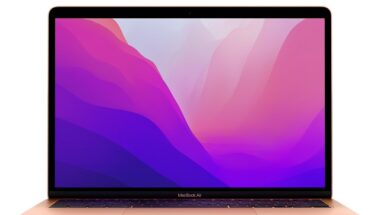Blog

Bringing Google Earth to Expeditions with Seurat
Seurat from Google for mobile VR will enter Star Wars
The company wants the experience to be comfortable, accurate, social and not too expensive. It will launch a high-end wireless helmet and incorporate some improvements in its software, whose prototype works surprisingly well
For most consumers, virtual reality (VR) is still a technology of the future. But Google wants people to make the leap already, and to do so is trying to make the virtual world more comfortable and accessible.
This was the main message of their annual developer conference, in which executives like Clay Bavor, who leads virtual and augmented reality efforts, described the next steps of their Daydream VR platform, which will include powerful wireless helmets without special external sensors . They also detailed some software changes that will encourage people to spend more time inside the VR while sharing what they are doing with others without missing out on other things they might want to know about.
Overall, these improvements coupled with the weight of Google as a leader in many technological spaces (searches, web browsing, mobile, among others) could mark a major change in the visibility and adoption of virtual reality over time. But if this does not work, the technology could suffer a major setback, or even its death.
In the event of Google I / O developers on Thursday, the company revealed Seurat, a new tool that allows rendering immersive high-resolution content even on mobile VR devices that do not necessarily have the best specifications. To demonstrate Seurat’s capabilities, Google showed a collaboration with ILMxLAB, which brings renders of cinematic quality from Star Wars to interactive mobile VR.
The video demo shows scenes taken directly from Rogue One: A Star Wars storyline, with incredible details in terms of reactive lighting, textures and character animation. As the video explains, it basically makes it possible for ILM to use the same VFX it creates for VR movies, allowing unprecedented visual fidelity for users.
Seurat basically works by allowing developers to set a region of limited perspective from which a viewer can move in VR to watch a scene. Based on this restricted space, a series of snapshots of a fully rendered 3D virtual object will be needed and then recompiled a light version that appears as high fidelity as the original, from that limited perspective that the user must occupy before. This leads to a huge decrease in the amount of resources needed to make a scene in high definition.
Google did not say much more about Seurat, but promised that it will have more to share later this year with technology and how it can be implemented. Daydream handsets and upcoming Daydream headphones definitely take up the lower end of the VR hardware spectrum in relation to PC-driven platforms, so any resource savings that also offer uncompromising visual experiences will definitely be key to the vision of the company.




